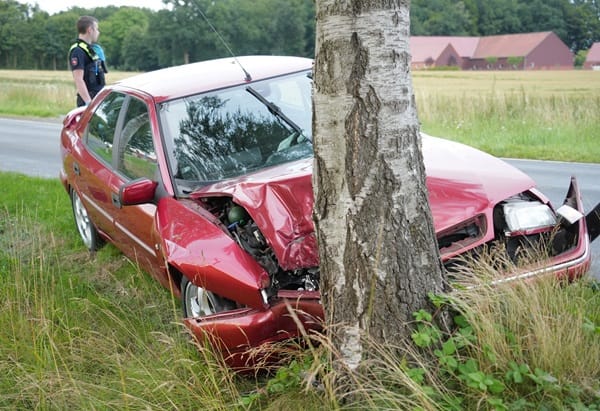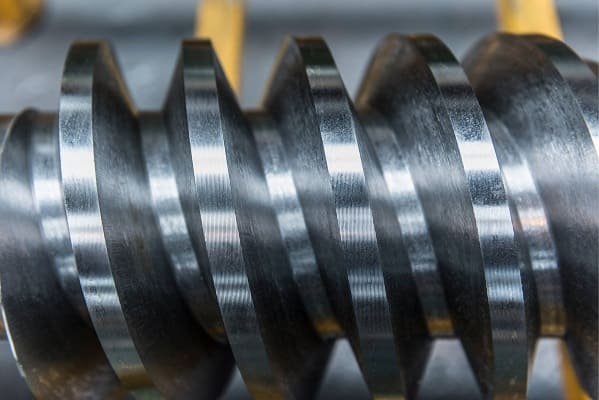Driver safety is a pressing issue in the UK.
With an extensive network of motorways, inner city routes and connecting rural roads, our own responsibility starts with following the Highway Code. And while sensible driving makes a big difference, we also rely on our vehicles and the actions of other road users to help us arrive safely.
Fortunately, modern vehicles can be equipped with the best possible safety technologies. From integrated hazard-detecting sensors to advanced navigation systems, here are five technologies you should know about.
1. Advanced Driver-Assistance Systems (ADAS)
ADAS features serve as your co-pilot on the roads.
Designed to assist drivers with typical manoeuvres and driving situations, these technologies proactively prevent accidents and enhance driver safety. Here are just a few examples seen across many new cars:
- Cruise control: Allows the driver to set a fixed speed, which the car automatically holds and should not exceed. Ideal for maintaining a consistent and fuel-efficient journey on the motorway.
- Lane assist: Holds the vehicle in the correct lane position, ideal for driving on dual carriageways or motorways.
- Automatic emergency braking: Ensures that the vehicle comes to a complete emergency stop to prevent collisions with pedestrians, vehicles and other obstacles.
- Blind spot monitoring: Often indicated with small LED lights on the wingmirror, this feature uses sensors to detect vehicles in the driver’s blind spot.
2. Connected phone technologies
Drivers now access real-time information for safer driving.
This includes local traffic news and updates, which can also be configured to be announced automatically.
Many vehicles include eCall services, which enable automatic phone calls to emergency services for immediate assistance in the aftermath of a road traffic collision. Often known as eCall SOS, this lifesaving feature has been commonplace since 2018.
3. Enhanced visibility and parking aids
Being able to see obstacles that you might otherwise miss is a critical functionality for modern drivers.
For example, intelligent headlights and panoramic-view cameras help to improve visibility and therefore assist drivers with more challenging manoeuvres. Many drivers prefer to install a front and rear-view dash cam, which complements vehicle systems by providing an undeniable visual record of events.
4. Driver monitoring systems
Staying alert and focused is imperative on any drive, but especially those long-distance journeys that can span over multiple hours.
Modern vehicles now often include technologies designed to monitor driver behaviour and identify signs of distraction of fatigue, which can hugely contribute to the risk of an accident. In advanced vehicles, these technologies can include infrared cameras that track eye movements and head position, which may both indicate potential drowsiness or distraction.
5. Proactive vehicle maintenance alerts
Modern cars now help prevent breakdowns before they happen.
With the integration of smart sensors and onboard diagnostics, vehicles can now alert drivers about potential issues such as tyre pressure loss or engine faults well before they become serious problems. These alerts can often be viewed directly on the dashboard or synced to a mobile app.
Providing drivers with early warnings helps reduce the risk of accidents caused by mechanical failure and avoids costly roadside emergencies. It’s a quiet, often overlooked safety technology that plays a vital role in keeping both you and your vehicle in good condition.








